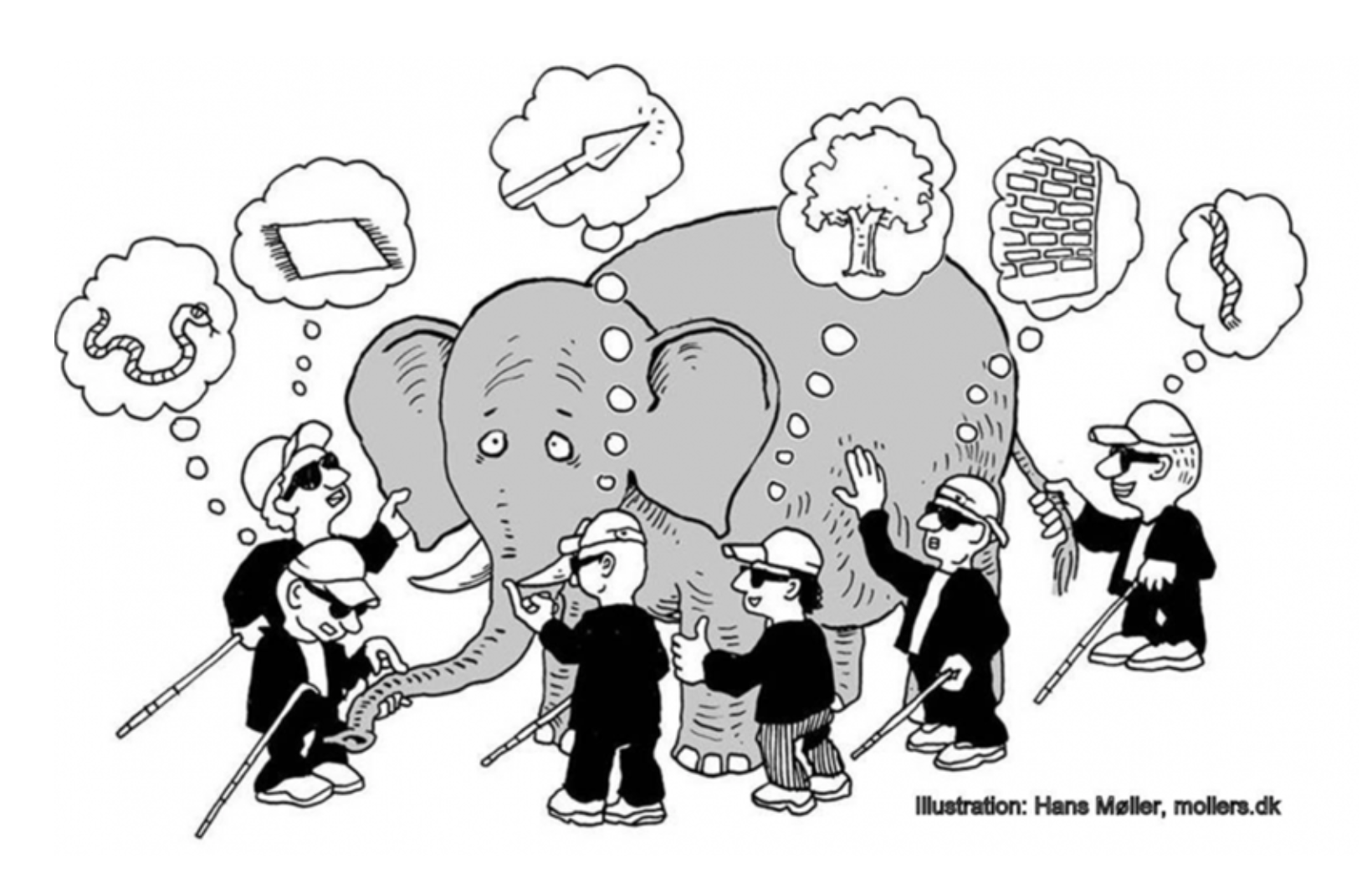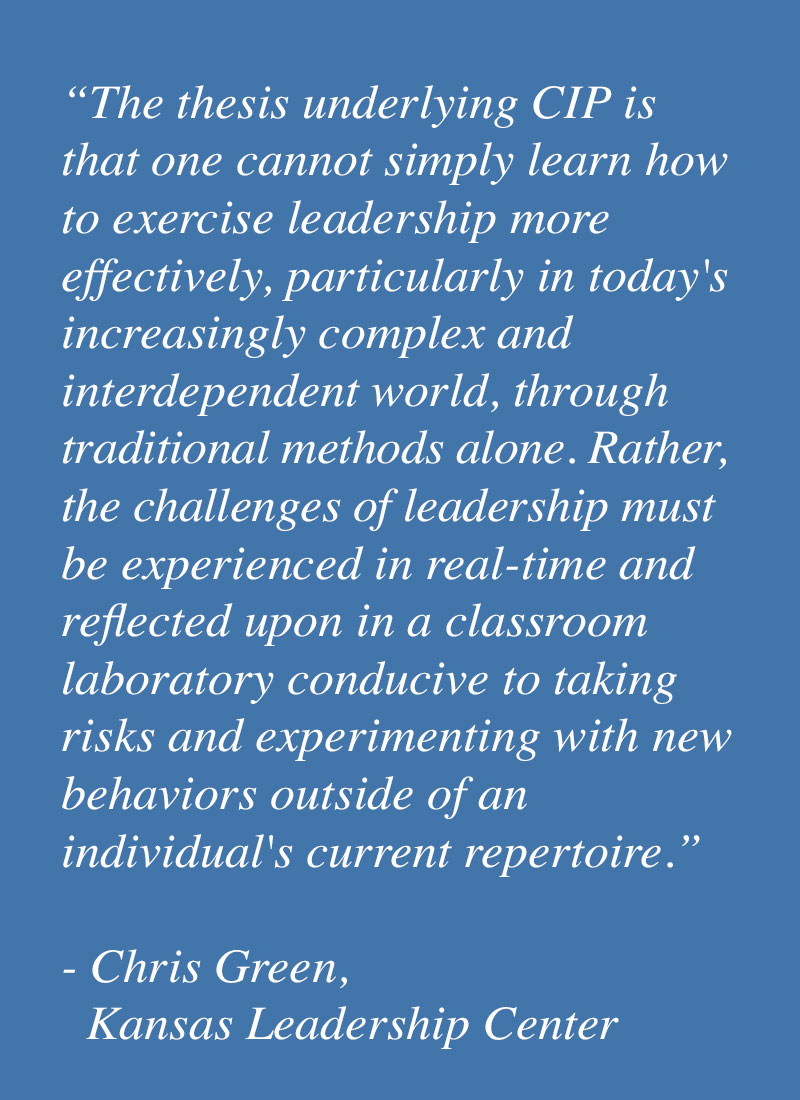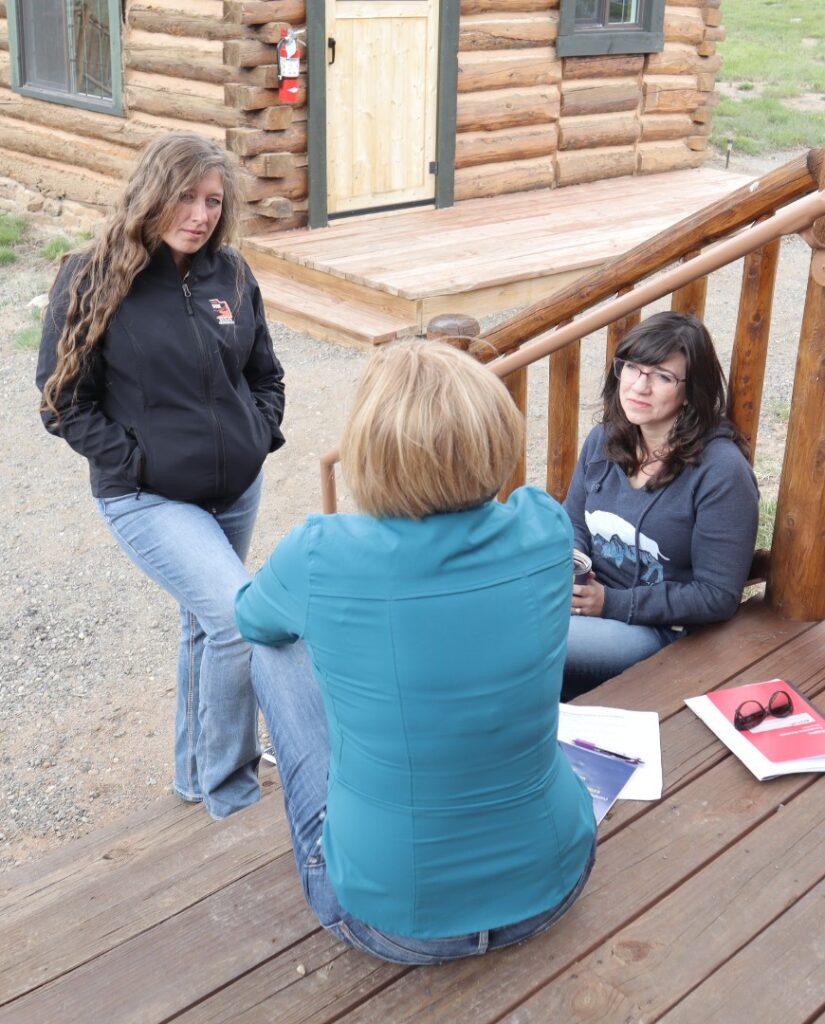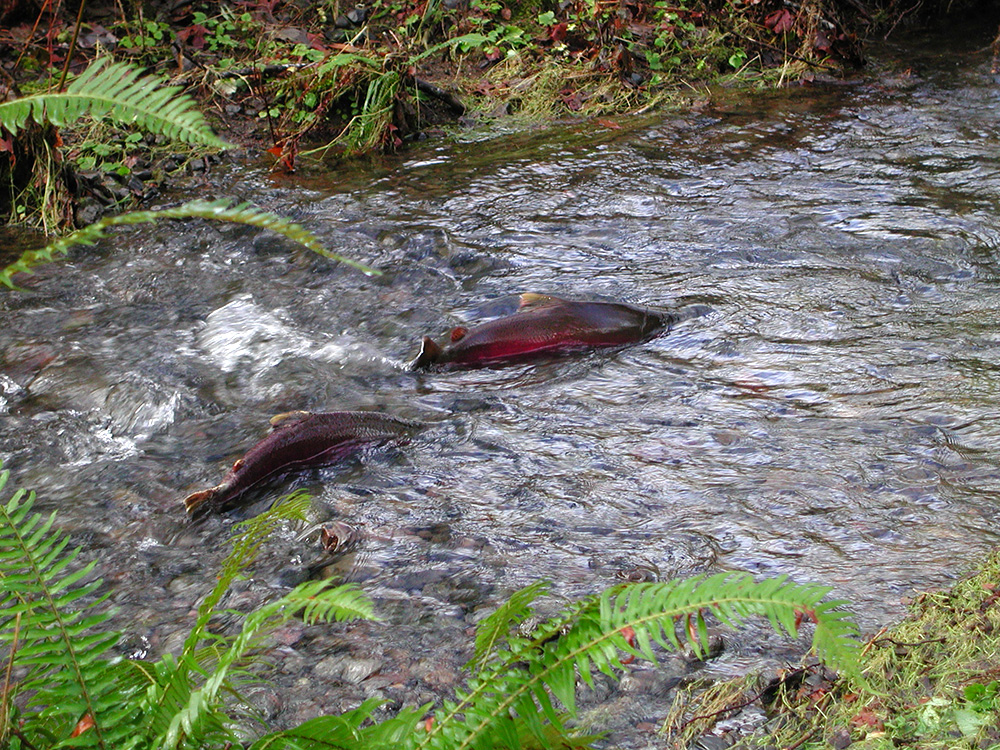This course is taught using adaptive leadership and systems thinking frameworks. The adaptive leadership framework, pioneered by Ronald Heifetz, Marty Linsky, and colleagues at Harvard Kennedy School of Government, begins by orienting people to the differences between adaptive and technical problems and puts the adaptive challenge at the center of the work of leadership.
Most collaborative leadership theories are incomplete in encompassing the realities of deep change with stakeholder engagement and loss within a system as well as the political realities of organizations (Rasmussen and Raei, 2022). Adaptive leadership stipulates that people don’t resist change, they resist loss. Also, importantly, adaptive leadership distinguishes between leadership and authority. Leadership is an activity that anyone can undertake from any place in a system or group. Frequently confused with positions of authority, leadership is not a role or a title.

Additionally, the course also weaves in elements of systems thinking theory–the ability to understand an interconnected set of elements in such a way as to achieve a desired purpose, the difference between the status quo and espoused purpose, and the reconciliation of differences between the two. Using elements of systems thinking, we examine the cohort as a living system with a complexity of relationships, patterns and processes, feedback loops, and the capacity to learn through the tensions of change. (For more information on systems thinking, see Donella Meadows, Peter Senge, Margaret Wheatley, and/or Michael Goodman)
Both frameworks–adaptive leadership and systems thinking–are important to motivate people to change, catalyze collaboration and understanding about how they contribute to the system in which they are a part, create system-wide impact, and continuous learning/adaptation through reflection and experimentation.
 Case-In-Point Method
Case-In-Point Method
Importantly, this course is different from other professional development training in that we use Case-In-Point (CIP) in various aspects of the course to teach leadership. CIP is an immersive and experiential methodology for teaching leadership by experiencing, recognizing, naming, and reflecting on essential leadership concepts as the group experiences them in real-time.
The classroom becomes a laboratory for learning where the facilitator orchestrates the holding environment to spotlight the group’s expectations, assumptions, interactions, and behaviors as they relate to aspirations and ideals. Groups are often not only forced to confront how their own behaviors contribute to the “mess” or challenge as it exists in western conservation, but also explore the adoption of new behaviors that represent a new way forward. Emergence of patterns are surfaced and the question is asked: “What does this moment illustrate that is relevant both to the learning and to the practice of leadership in the participants’ lives?”
In 2025-2026, we will use CIP in certain modules with enhanced communication; fortify the holding environment in a way that puts the adaptive challenges and issues at the center of learning about leadership; build safe and courageous spaces through additional small group opportunities to debrief sessions; and support participants so they are lifted to new heights based on the experience. As participants move through this powerful learning journey, they begin to better see their systems–and themselves–with increased awareness about processes, power structures, and patterns that are alive and creating the current system in which they are operating to determine purposeful interventions for change.
We strongly encourage applicants to learn more about the course experience by talking to their supervisors, program staff, and/or alumni to discern whether this course is for them. We can also make recommendations on other professional development training opportunities aligned with specific goals or interests.


 Case-In-Point Method
Case-In-Point Method

